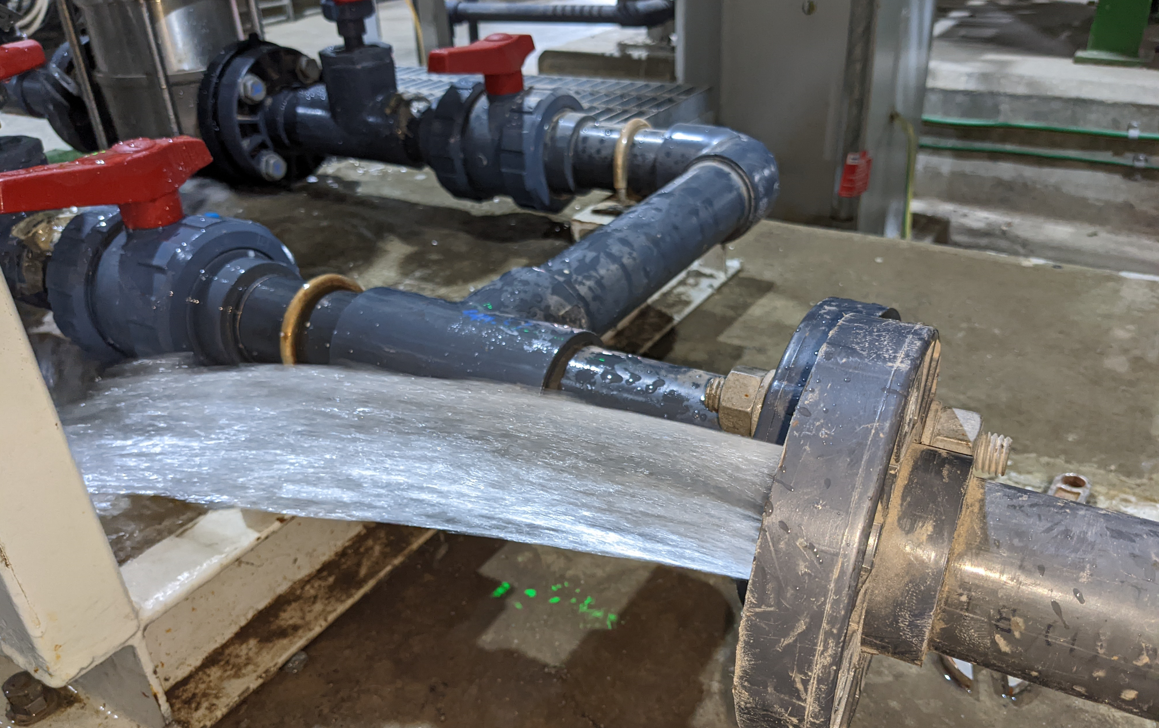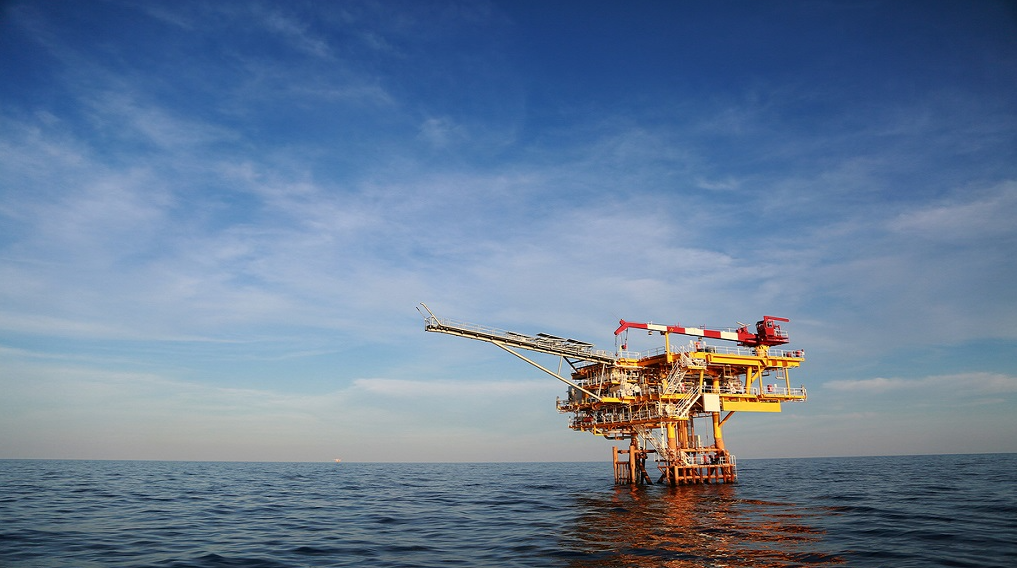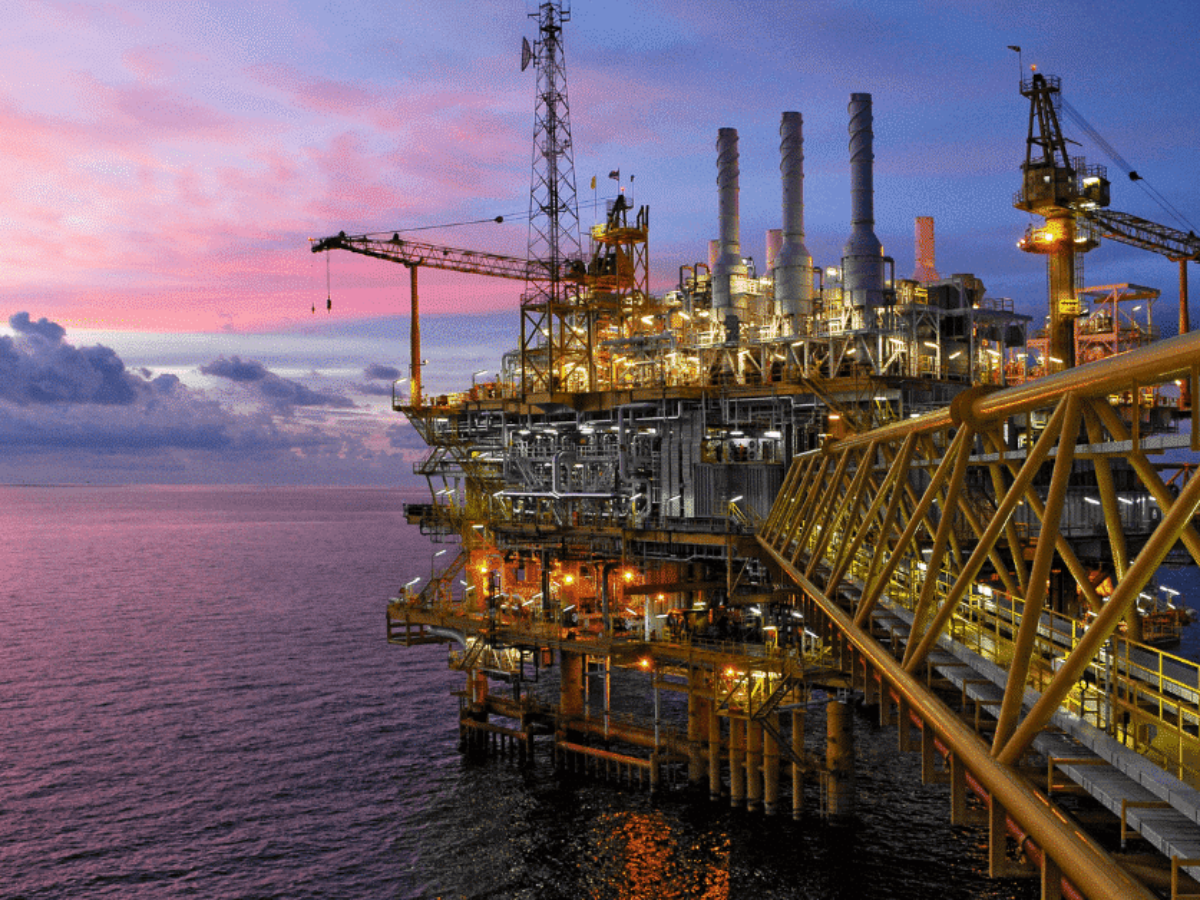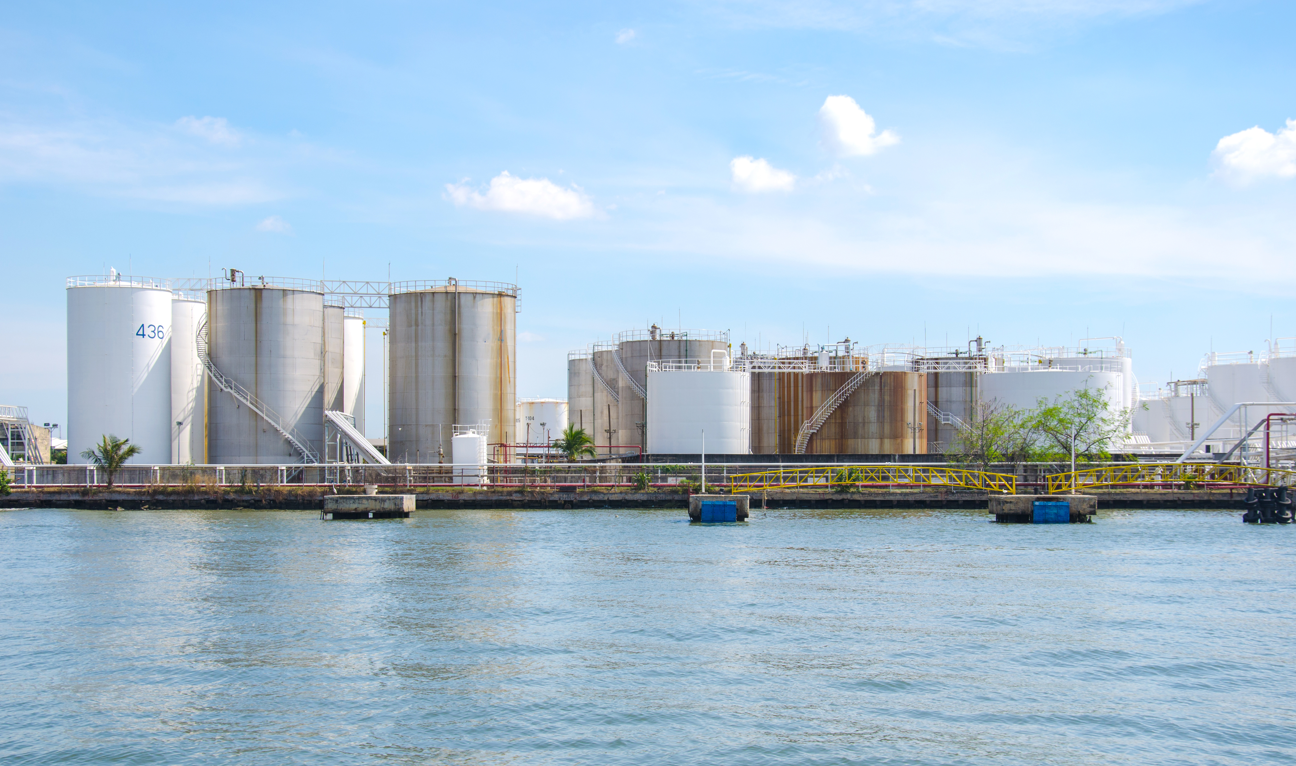In the oil and gas industry, the “upstream” sector holds great significance as it forms the foundation of the entire value chain. This crucial phase involves exploration and production activities that precede the delivery of oil and gas to consumers. In this article, we will explore the process, technologies, challenges, and global impact of upstream activities. Let’s dive into the complexities and innovations driving this essential segment of the oil and gas industry.
What Is Upstream in the Oil and Gas Industry?
In the oil and gas industry, upstream activities involve actively exploring, developing, and producing crude oil and natural gas reserves. This includes the drilling of oil and gas wells, establishment of infrastructure for resource extraction and transportation, and management of the production process.
Crude oil itself is a fossil fuel that is composed of hydrocarbon deposits and other organic materials Drilling and other extraction methods are used to extract it from underground reservoirs. It is a complex mixture of various types of hydrocarbons, such as paraffin, olefin, and aromatic, and serves as the primary raw material for the production of gasoline, diesel fuel, and other petroleum products.
Natural gas, which primarily consists of methane but may also include other hydrocarbons like ethane, propane, and butane, is a fossil fuel. It is typically colorless and odorless and found in underground reservoirs alongside crude oil. Natural gas extraction is similar to that of oil and involves drilling methods. The gas is then transported through pipeline networks to various distribution points.
The upstream operations occur primarily at or near the source of the oil and gas reserves, such as in offshore rigs or onshore oil fields. The term “upstream” differentiates these activities from the midstream and downstream sectors, which focus on the transportation, refining, and distribution of the extracted resources. Upstream activities in the oil and gas industry consist of the exploration and production process.
What Is the Oil Exploration Process?
The oil and gas industry actively searches for underground oil and gas reserves through a process known as oil exploration. To identify potential oil deposits, a variety of techniques and technologies are used, and the process involves several steps. Here are the steps involved in the oil exploration process:
1. Geological Surveys
Geologists conduct surveys to pinpoint areas with probable oil reserves. Different methods are used in these surveys, including analyzing rock formations, studying seismic activity, and performing magnetic surveys to locate potential oil deposits:
a. Seismic Surveys
Seismic surveys make pictures of the ground beneath by using sound waves. Explosions or vibrators make the waves, and special sensors on the ground record the echoes of the waves. The information collected from these sensors is studied to identify where and how big the possible oil deposits are.
b. Magnetic and Gravity Surveys
These surveys are conducted to identify areas that may have oil reserves using variations in the earth’s magnetic and gravitational fields.
2. Drilling Exploration Wells
Once the identification of a potential oil deposit is made, the next step is to drill an exploration well to confirm the oil’s presence and quality. This drilling process involves using a drilling rig to bore a hole into the earth’s surface and down to the possible oil deposit.
3. Remote Sensing
Using aerial or satellite imagery to identify areas with potential for oil exploration involves the process.
4. Environmental Studies
Environmental experts conduct studies to evaluate the possible environmental consequences of oil exploration activities and implement measures to reduce any adverse impacts.
5. Logging
The process of collecting information about the rock formations encountered during drilling is known as logging. This data is used to identify the properties of the rock and to determine the quality and quantity of oil present.
6. Well Testing
After identifying a potential oil deposit, the well undergoes testing to determine the flow rate and pressure of the oil. The information gathered from this testing is used to estimate the deposit’s size and the possible production rates.
What Is Oil Production Process?
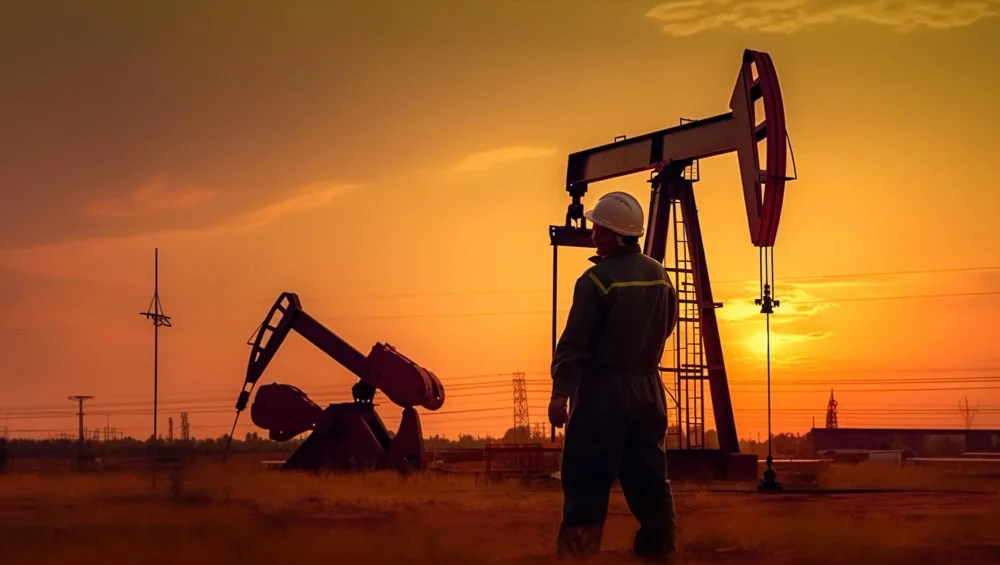

In the oil production process, engineers extract crude oil from the ground and refine it into different petroleum products. After going through exploration efforts, such as drilling and conducting seismic surveys, drilling rigs are brought in to extract the oil to find oil reserves.
In the field, personnel can drill vertical or horizontal wells based on the reservoir’s geology to extract oil. After extraction, they transport it to refineries through pipelines, tankers, or trucks.
1. Onshore Drilling
Onshore drilling involves drilling for oil or gas in locations on land, like deserts, forests, or fields. The process of onshore drilling typically involves locating a suitable drilling site on land, preparing the site for drilling by clearing any obstacles and constructing drilling equipment, drilling the well into the ground to reach the desired depth, and then installing the necessary equipment to extract the oil or gas.
The drilling process may also involve injecting various substances into the well to help increase the flow of oil or gas to the surface. Once the drilling is complete, the site is typically restored to its original condition or reclaimed for other uses.
2. Offshore Drilling
Offshore drilling needs specialized equipment, platforms, and ships where the drilling process takes place in bodies of water, such as oceans or seas. To perform offshore drilling, several steps must be taken. Initially, geologic data and seismic surveys are analyzed to find an appropriate location. Next, a drilling rig is moved to the location and secured.
The drilling process requires specialized equipment to bore a well into the seabed, typically at depths of several thousand feet. After the well has been drilled, it is fortified with a casing to prevent collapse. Production tools, such as pumps and valves, are installed to extract the oil or gas and bring it to the surface.
To prevent accidents and spills, various safety measures are implemented throughout the drilling process. When the well is depleted, it is sealed and left behind, while the drilling machinery is taken away from the site.
3. Hydraulic Fracturing
The process of hydraulic fracturing, popularly known as “fracking,” is employed for extracting oil and natural gas that are situated deep inside the rock formations of the earth. The process requires drilling a well into the earth and injecting a high-pressure mixture of water, sand, and chemicals to split the rock and release the oil and gas trapped within it.
The oil and gas are then gathered and transported to the surface for further processing. Fracking has been met with controversy due to the possible harm it can cause to the environment, such as air and water pollution, as well as the risk of causing earthquakes.
What Are Some Examples of Upstream Companies?
Upstream companies are those that are involved in the exploration and production of oil and natural gas. Some examples of upstream companies include:
- ExxonMobil
- Shell
- BP
- Chevron
- ConocoPhillips
- Total
- ENI
- Hess Corporation
- Anadarko Petroleum Corporation
- Occidental Petroleum Corporation
These companies are primarily responsible for finding and extracting oil and natural gas from the ground, often through the use of advanced technology and drilling techniques. They may also be involved in the transportation and sale of these resources to downstream companies.
What Is Midstream in the Oil and Gas Industry?
The oil and gas industry uses the term “midstream” to describe the stage of the production process that handles the transportation, storage, and processing of crude oil and natural gas after they are extracted from the ground.
The midstream stage involves activities like gathering, processing, and transporting oil and gas from production sites to refineries or distribution centers, ensuring safe and efficient delivery of the resources. The midstream sector plays a crucial role in the overall oil and gas industry. Here are some examples of midstream companies:
- Kinder Morgan
- Enbridge
- Enterprise Products Partners
- Targa Resources
What Is Downstream in the Oil and Gas Industry?
Downstream activity describes the stage of the production process that refines, markets, and distributes petroleum products. This stage involves refining crude oil into different products such as gasoline, diesel, and jet fuel then distributing them to retailers and end-users.
The downstream sector is a crucial part of the overall oil and gas industry since it ensures the safe and reliable availability of refined products to consumers Here are some examples of downstream companies:
- Royal Dutch Shell
- ExxonMobil
- Chevron
- BP
- Total
- Phillips 66
- Valero Energy
- Marathon Petroleum
- ConocoPhillips
In conclusion, the upstream sector in the oil and gas industry is essential for the exploration, development, and production of crude oil and natural gas reserves. The process involves several techniques and technologies, such as geological and seismic surveys, drilling exploration wells, logging, and well testing.
After identifying a potential oil deposit, engineers extract crude oil from the ground and refine it into different petroleum products. Onshore and offshore drilling, as well as hydraulic fracturing, are used to extract oil and gas reserves.
The upstream sector differentiates itself from the midstream and downstream sectors, which focus on the transportation, refining, and distribution of the extracted resources. Overall, the upstream sector is crucial to ensure a stable supply of crude oil and natural gas for various industries and applications.
PetroSync offers oil and gas training course and upstream petroleum economic risk fiscal analysis course with the mission to equip engineers with the skills and knowledge necessary to succeed in this promising field. These programs cover a wide range of topics, including drilling, production, refining, and distribution of oil and gas.
You will learn about the latest technologies and techniques used in the industry, and gain hands-on experience working with state-of-the-art equipment. Join petroleum training and be proficient in the petroleum industry with PetroSync!
Credit Header Image: iStockphoto.com



